In the given figure, D and E are the points on the base BC of such that and , prove that .
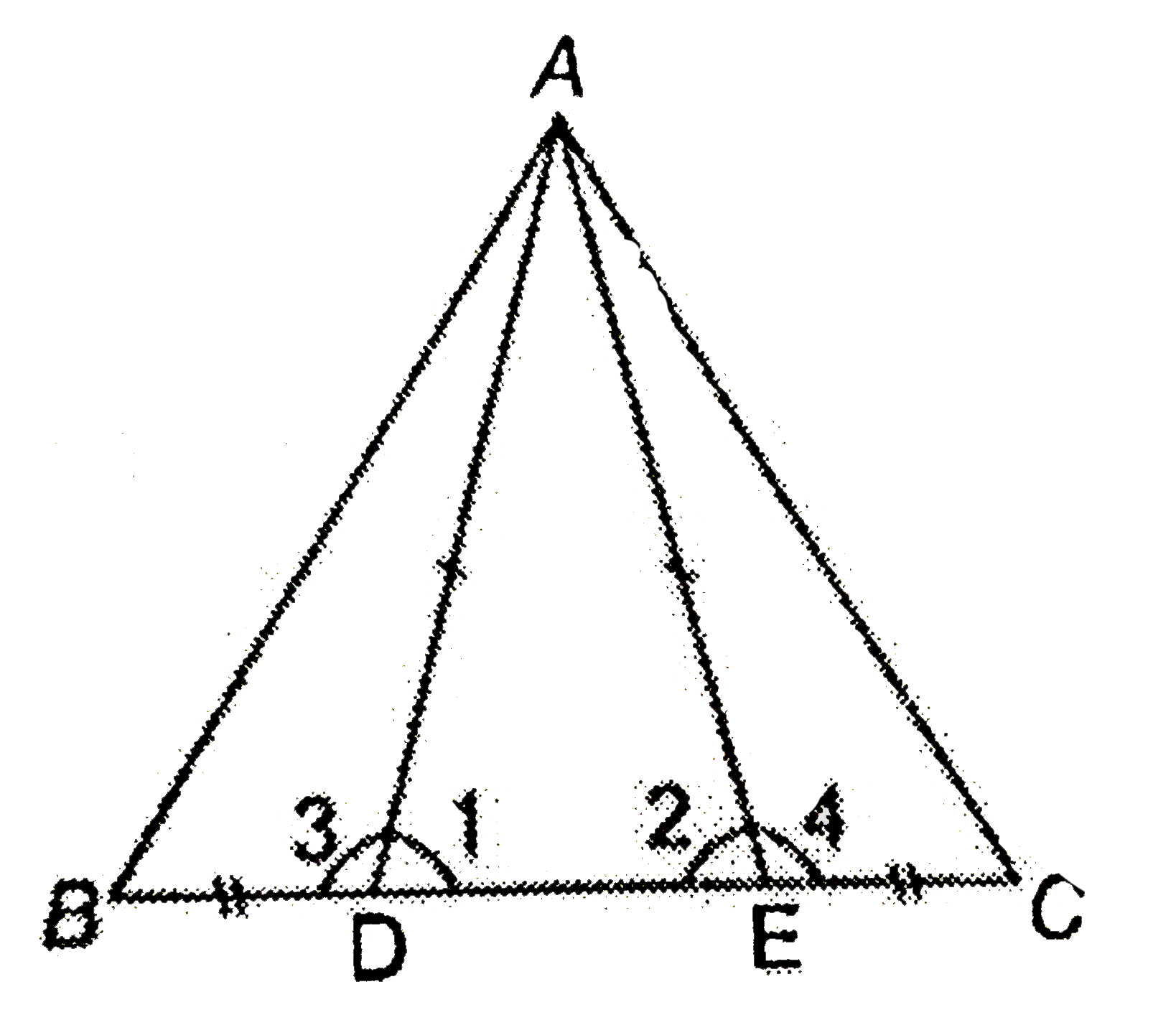
Since (given)
(L.P.A.)
Now, in and ,
(SAS) Hence Proved.
Topper's Solved these Questions
- TRIANGLESBook:NAGEEN PRAKASHANChapter:TRIANGLESExercise:Problems From NCERT/exemplar
Explore 5 Videos
- TRIANGLESBook:NAGEEN PRAKASHANChapter:TRIANGLESExercise:Exercise 7a
Explore 35 Videos
- SURFACE AREA AND VOLUMEBook:NAGEEN PRAKASHANChapter:SURFACE AREA AND VOLUMEExercise:Revision Exercise (long Answer Questions)
Explore 10 Videos
Similar Questions
In the given figure, D and E are points on the side BC of a ΔABC such that BD = CE and AD = AE. Show that ΔABD≅ΔACE.
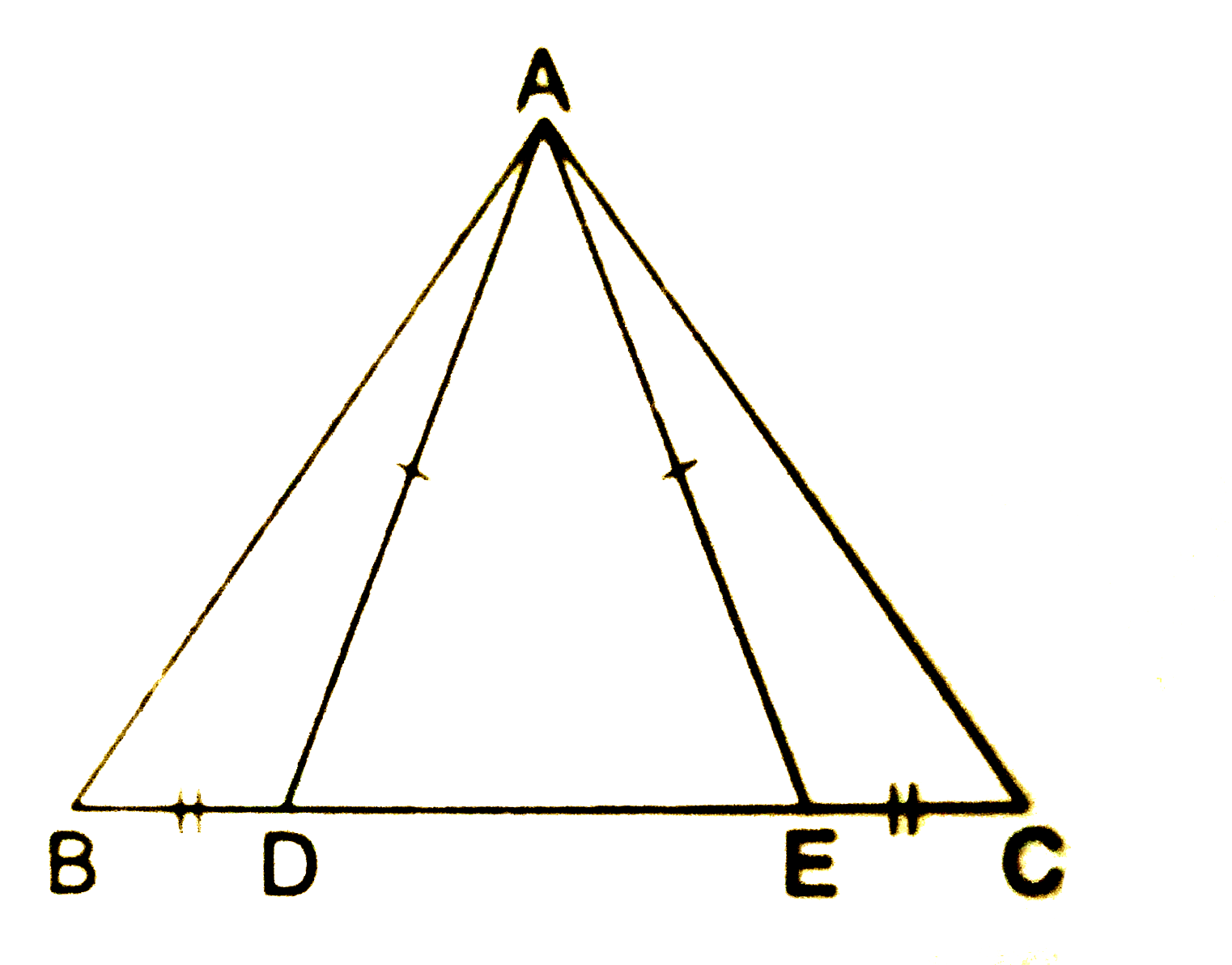
View SolutionIn figure ,D and E are Points on side BC of a ΔABC such that BD=CE and AD=AE.Show that ΔABD≅ΔACE.
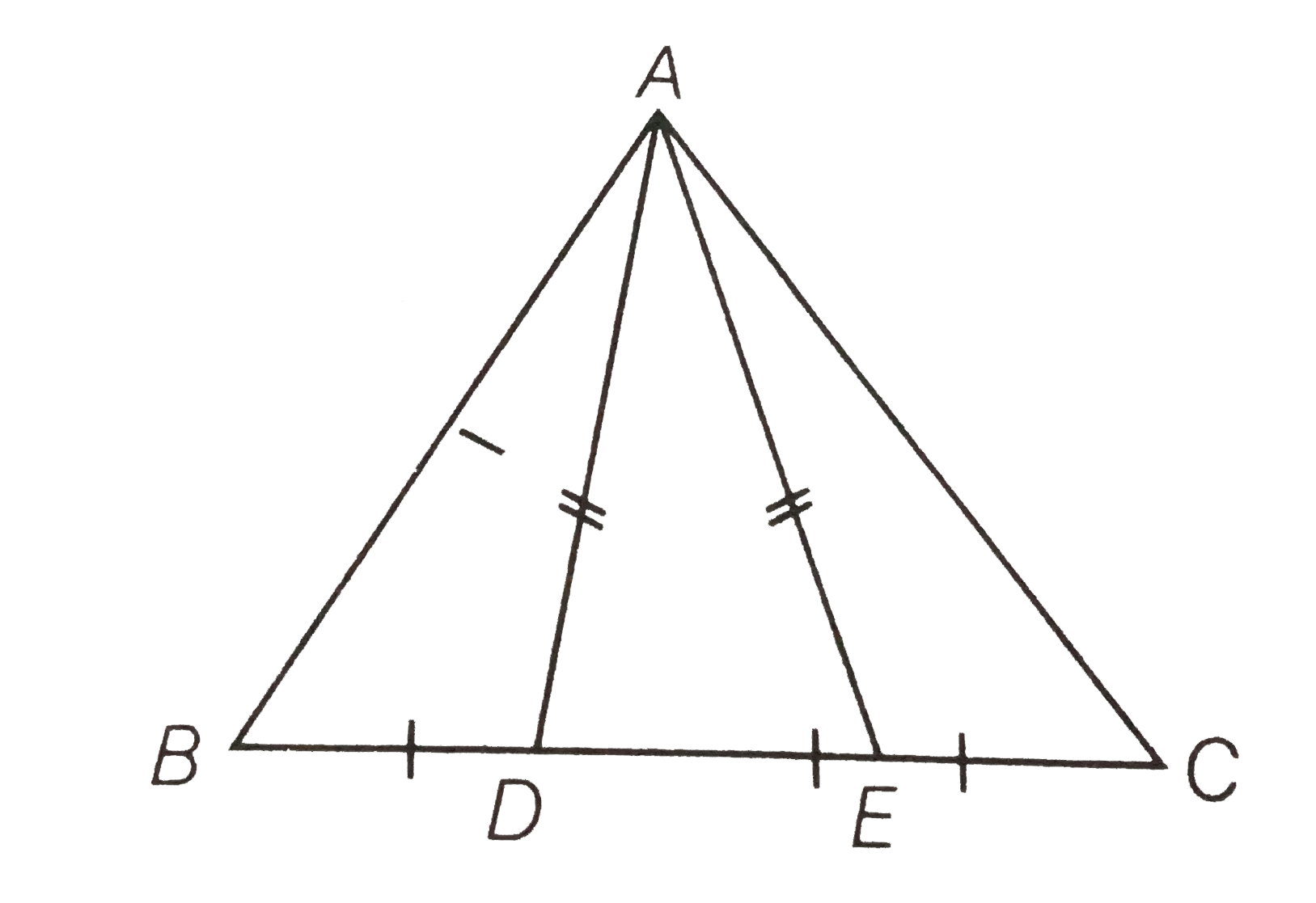
View SolutionIn the given figure, AB = AC and AD = AE. Prove that:
BD = CE

View SolutionIn Figure, AD=AE and D and E are points on BC such that BD=EC. Prove that AB=AC
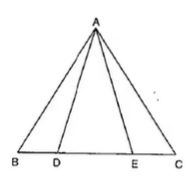
View SolutionIn the adjoining figure, AD=DC and bisects ∠ADC. Prove that ΔADB≅ΔCDB.
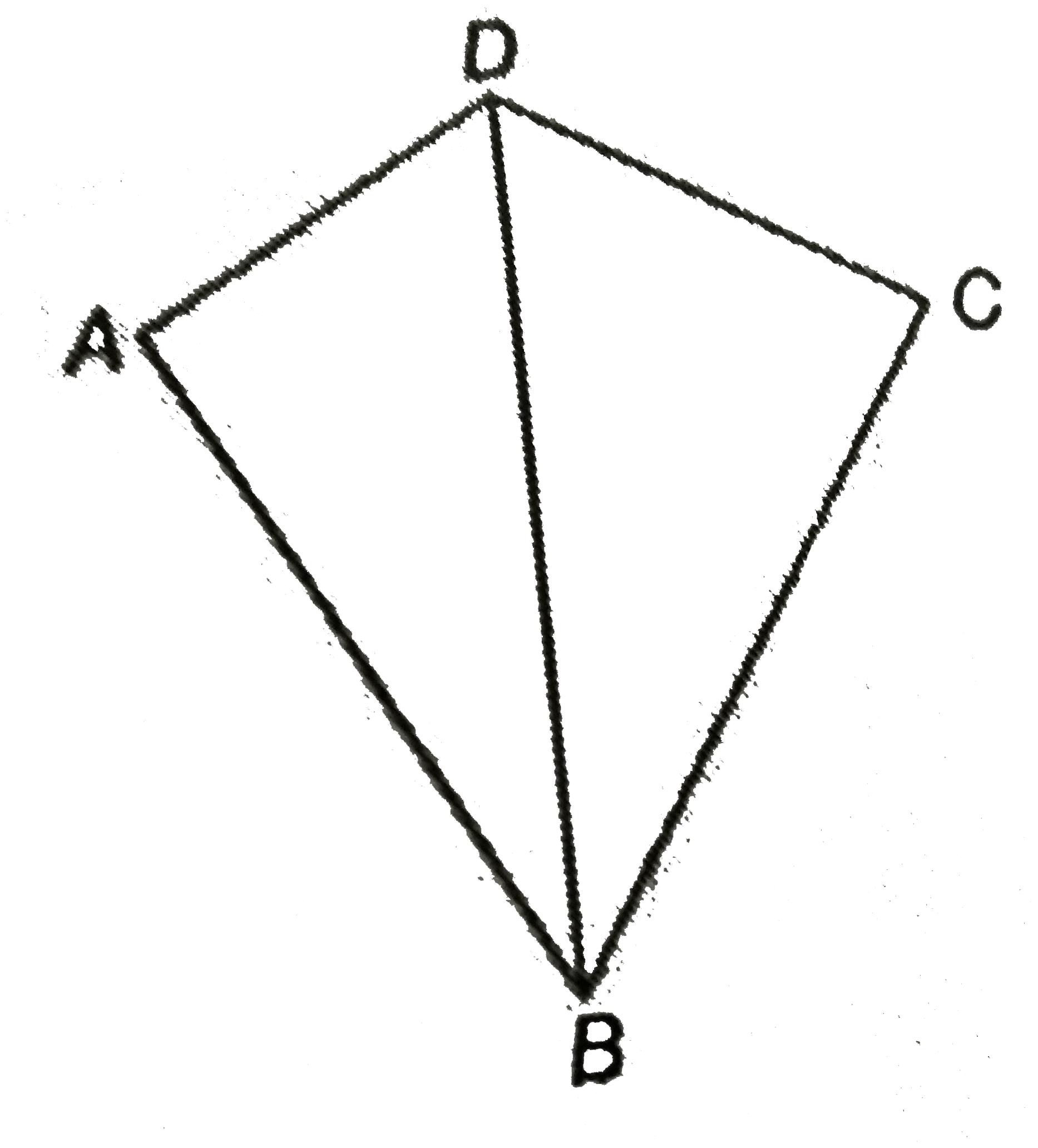
View SolutionIn the given figure, D is a point on side BC of a ΔABC and E is a point such that CD = DE.
Prove that AB+AC>BE.
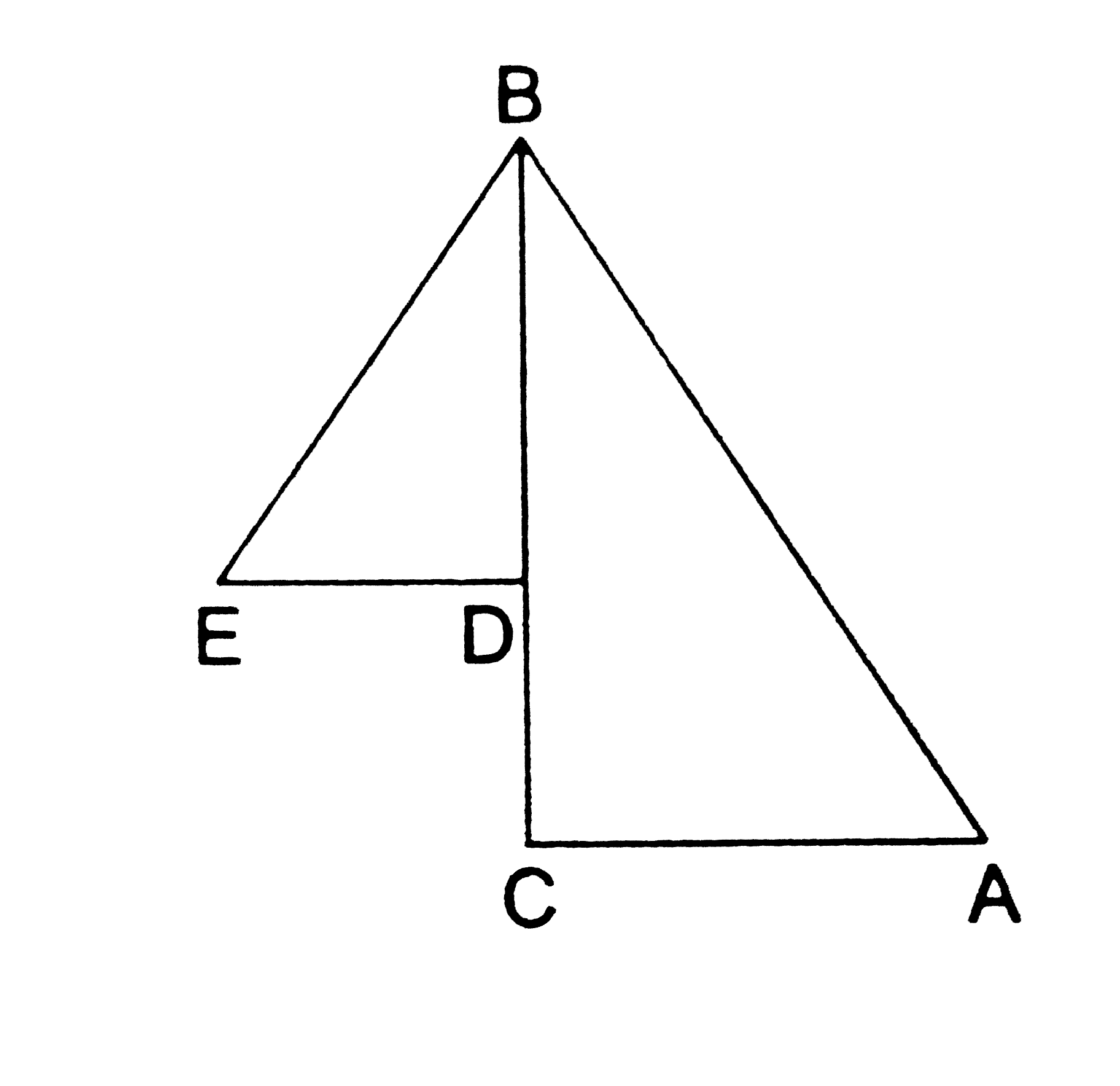
View SolutionA point D is taken on the side BC of a ΔABC such that BD=2DC. Prove that ar(ΔABD)=2ar(ΔADC)
View SolutionIn the given figure, D, E and F are the points where the incircle of the ΔABC touches F the sides BC, CA and AB respectively. Show that AF+ BD + CE = AE + BF + CD = (perimeter of ΔABC)
View SolutionIn Figure, AD and BE are respectively altitudes of ABC such that AE=BD. Prove that AD=BE.
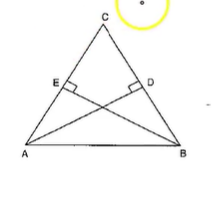
View SolutionD and E are the points on the sides AB and AC respectively of a ABC such that: AD=8cm, DB=12cm, AE=6cm and CE=9cm . Prove that BC=5/2 DE .
View Solution

